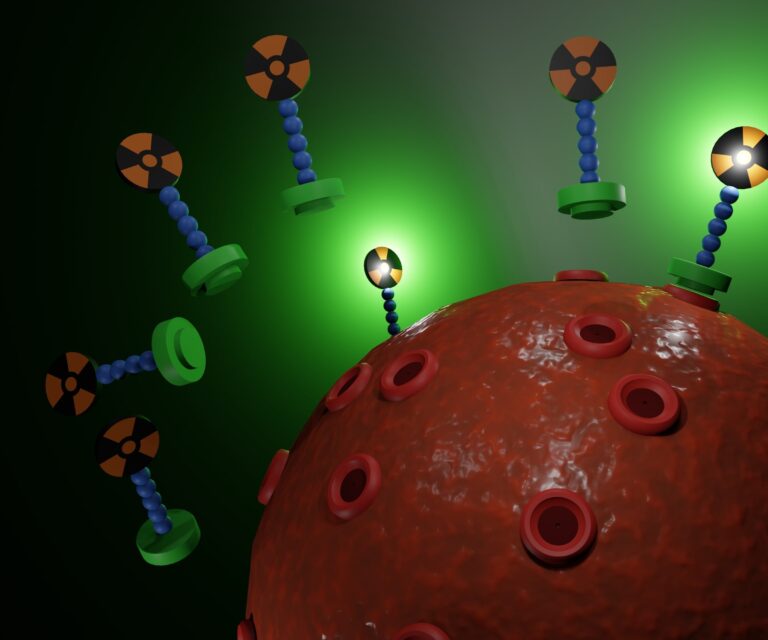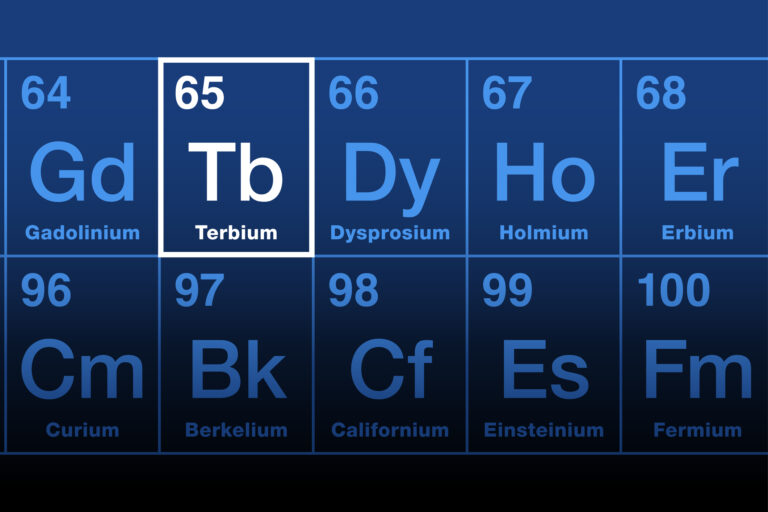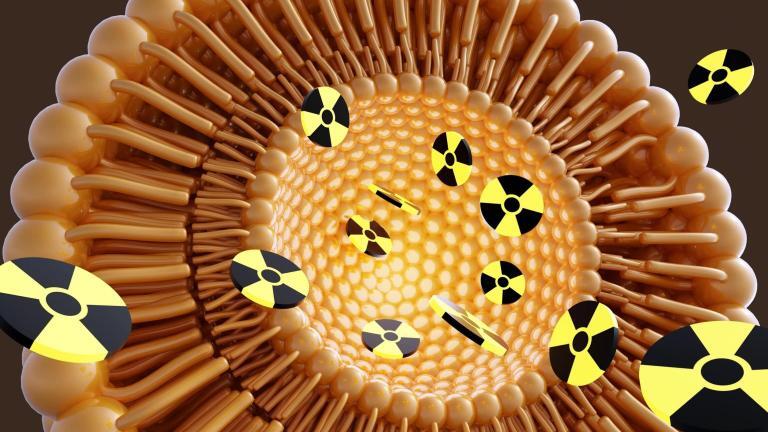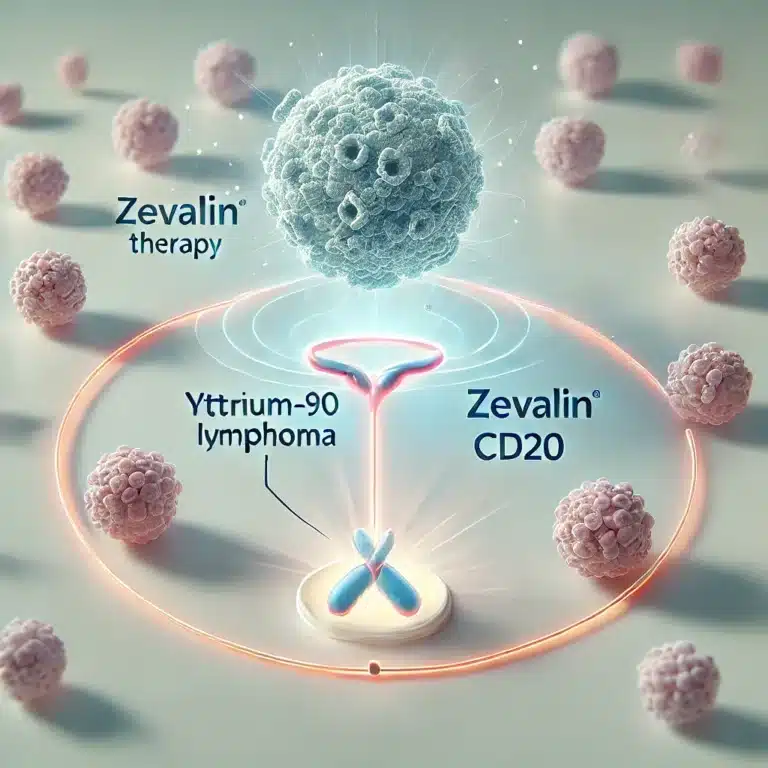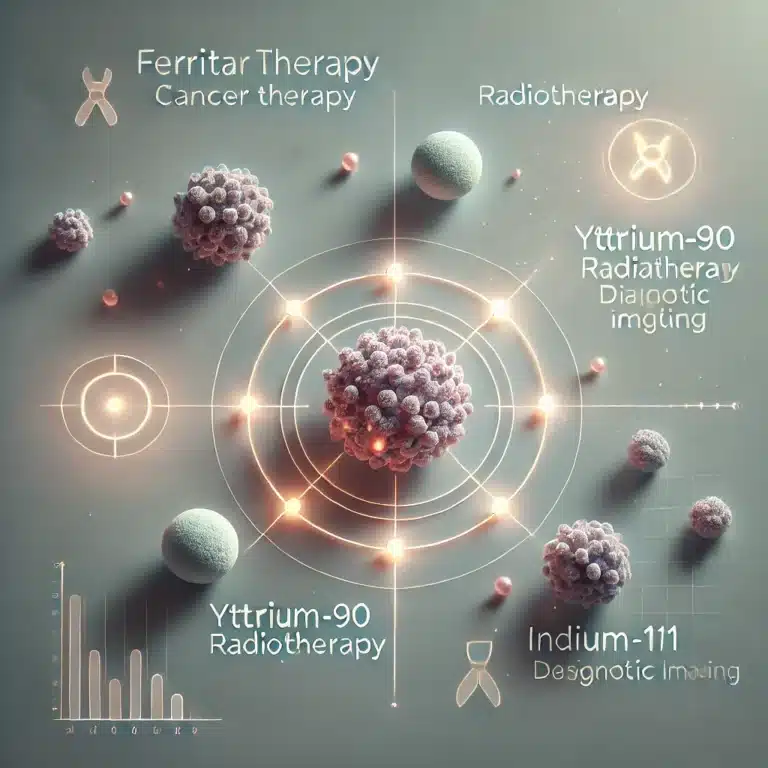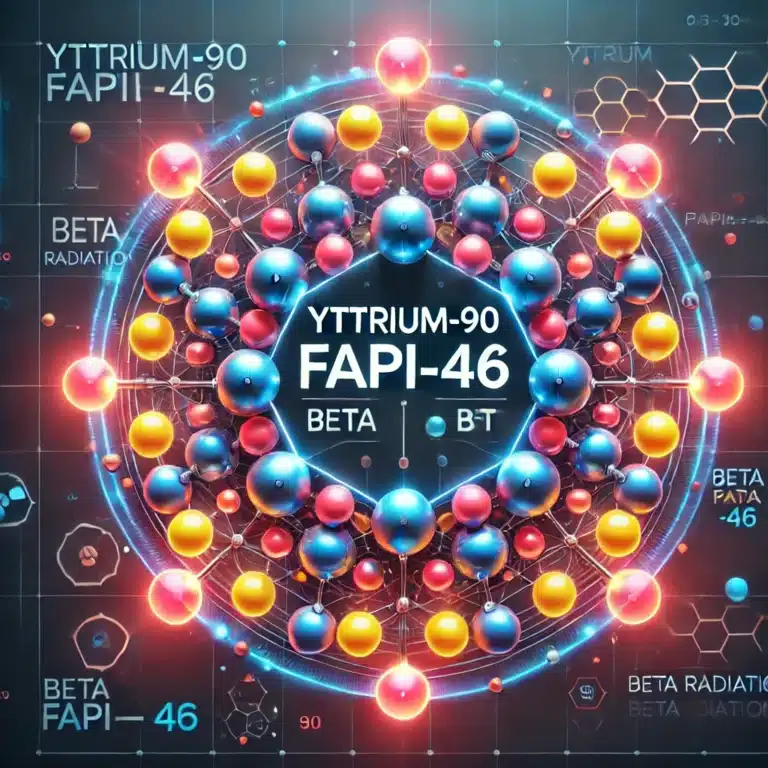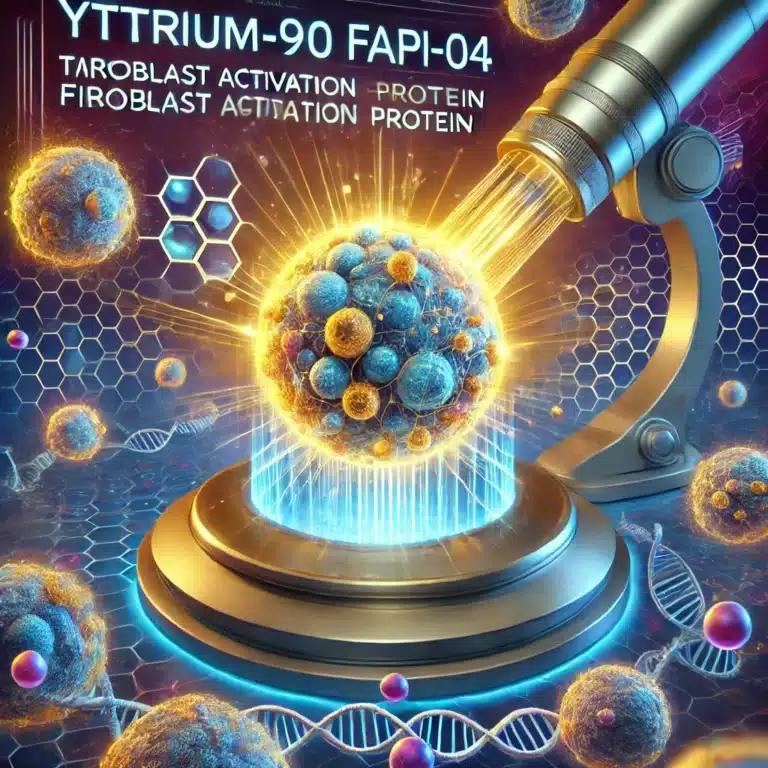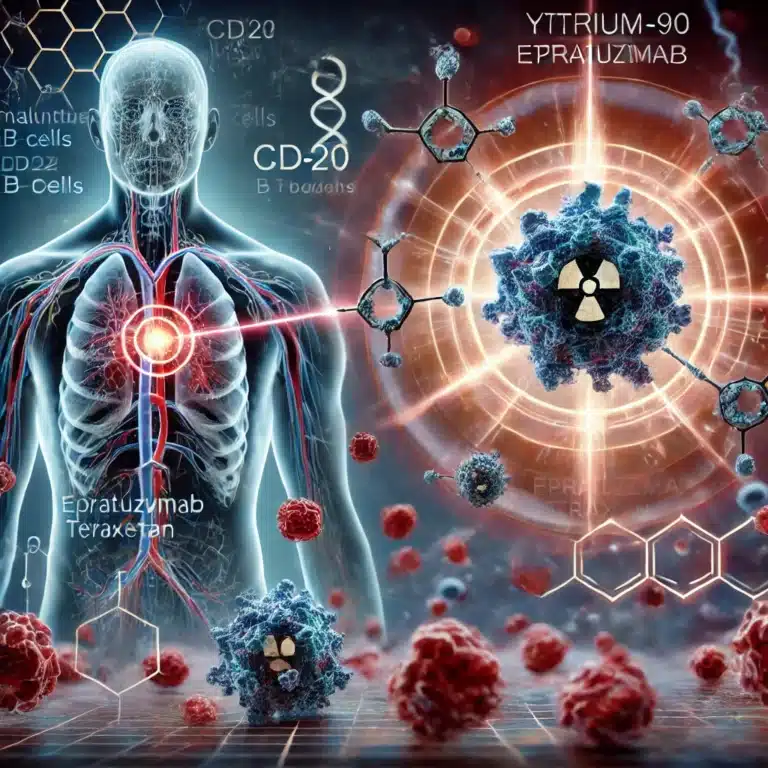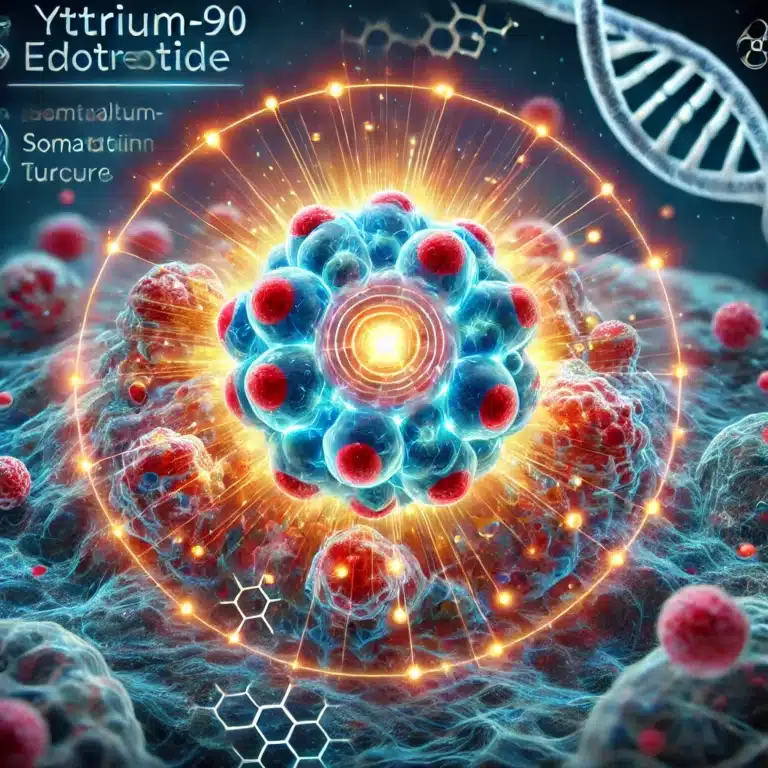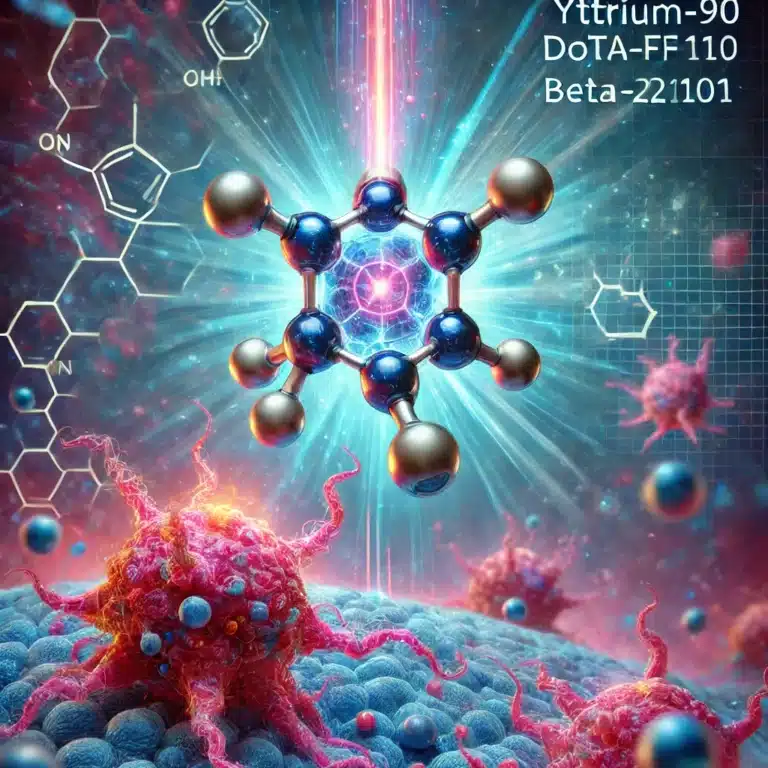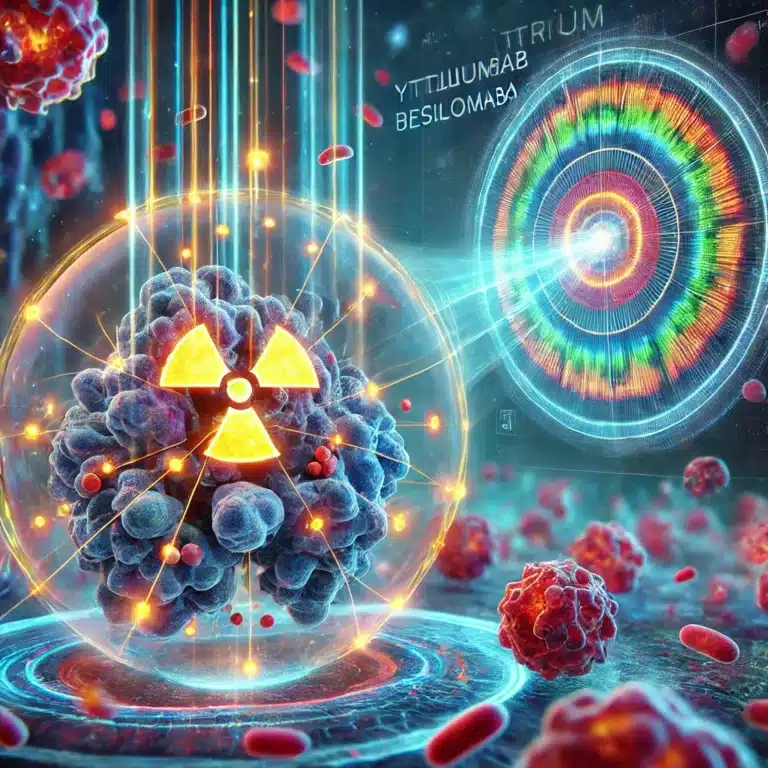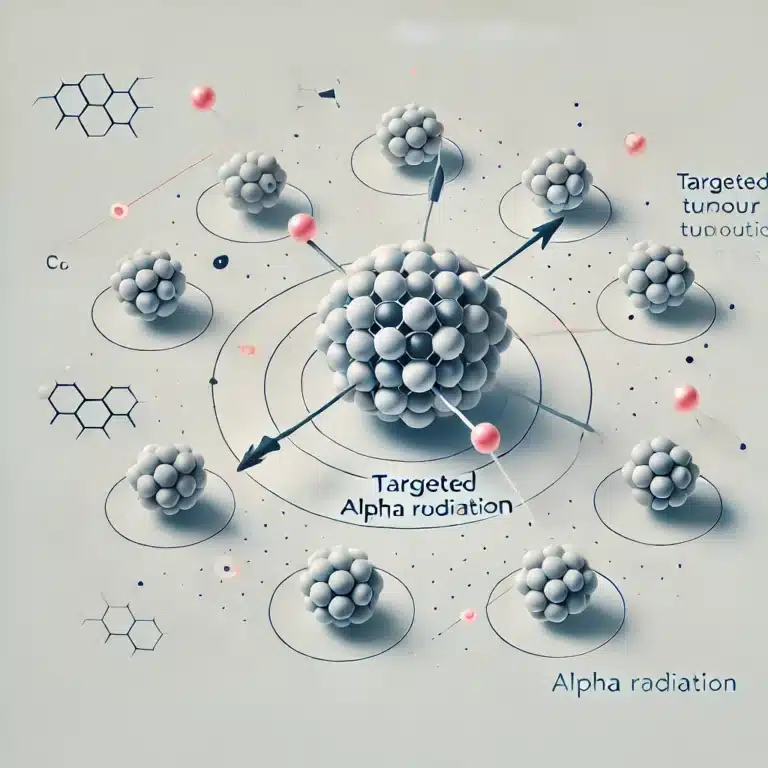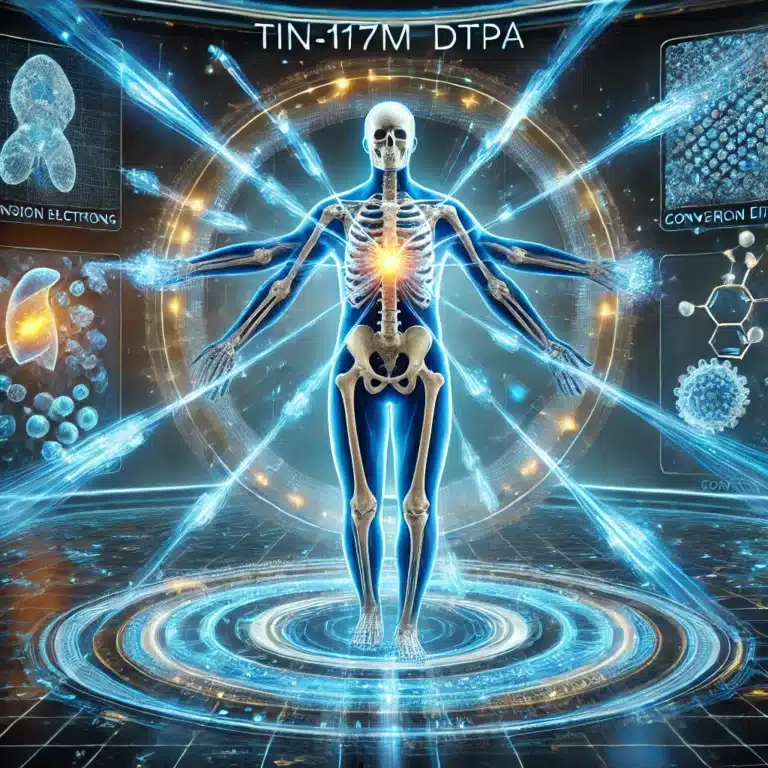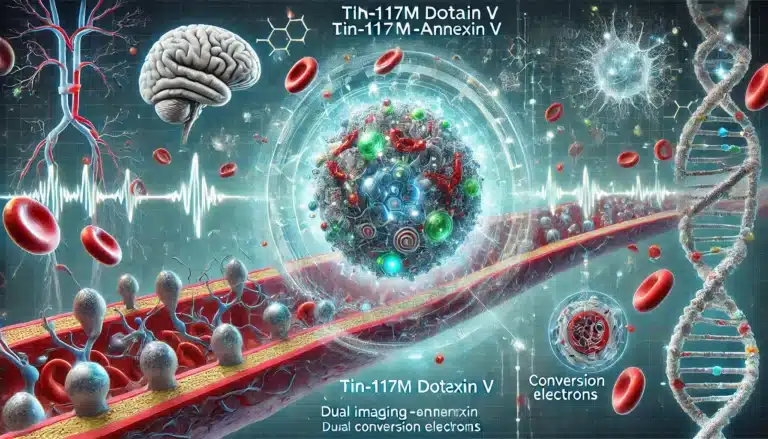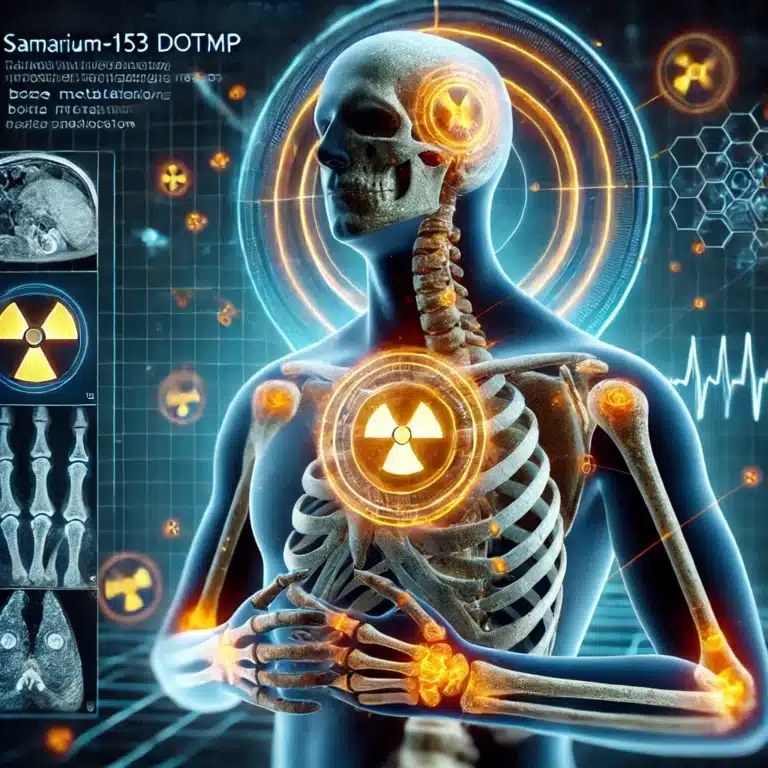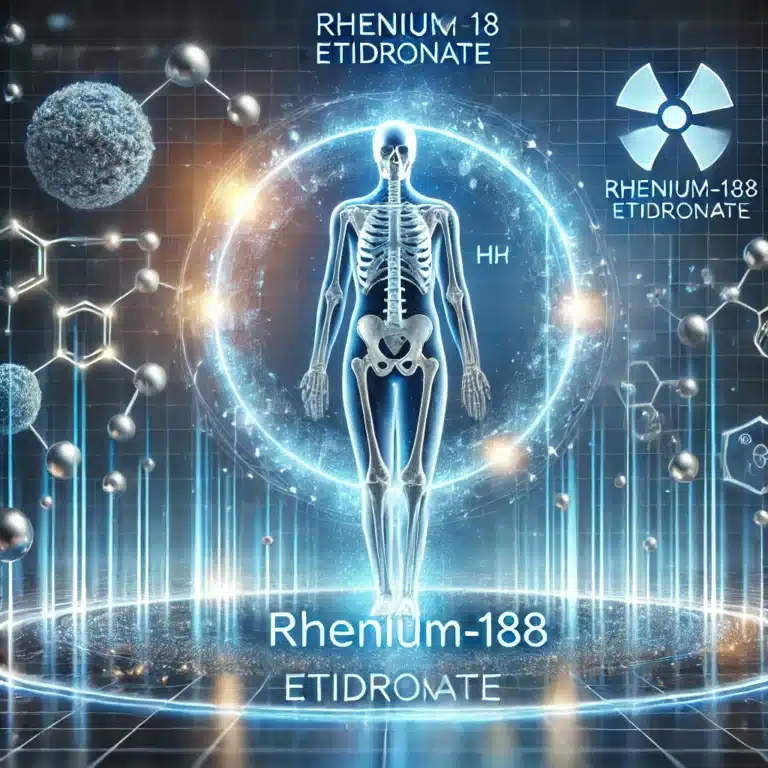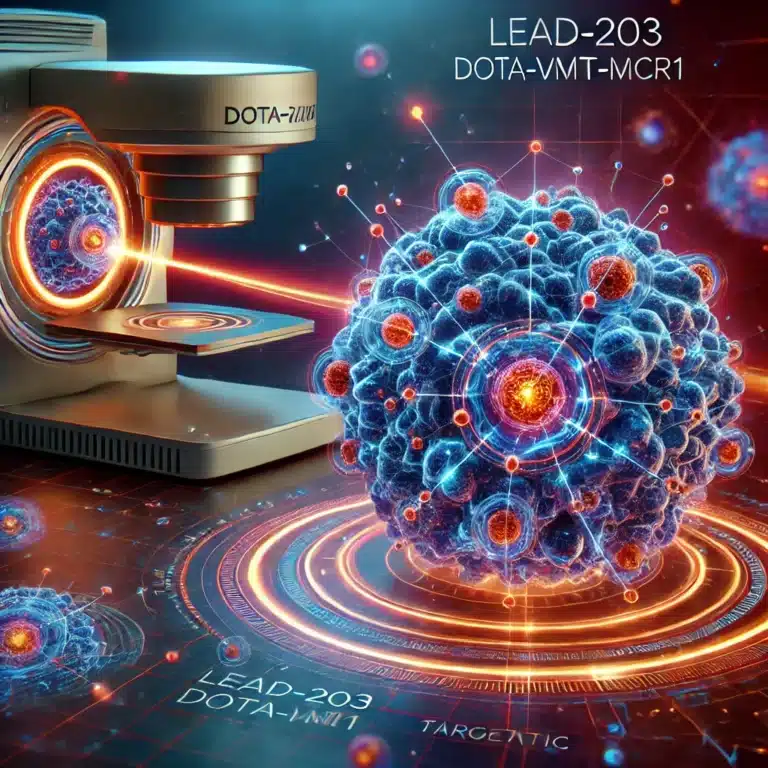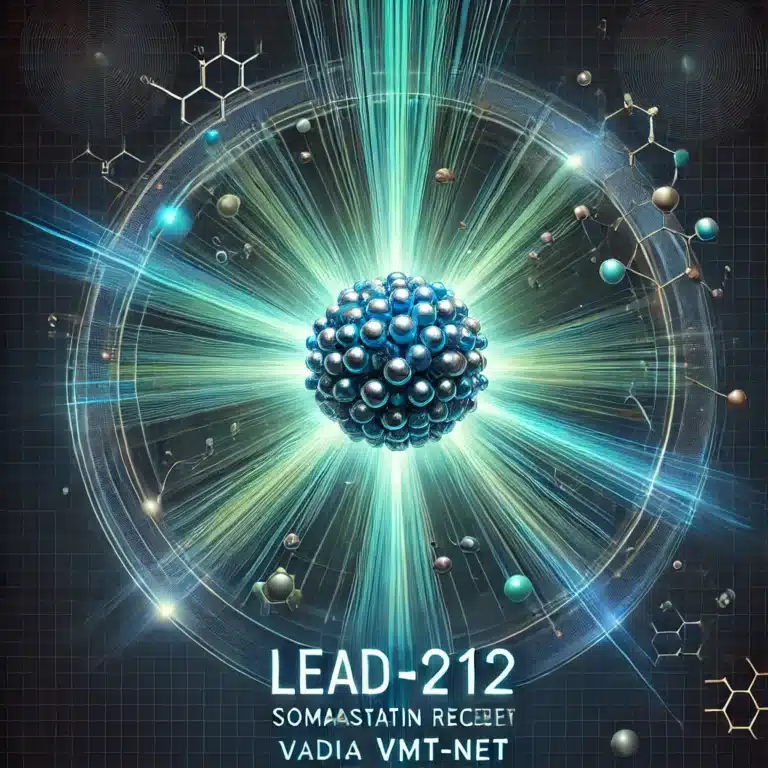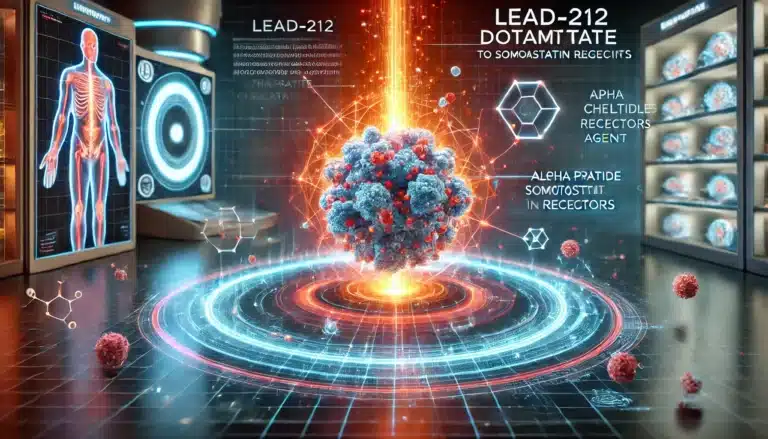Radiotheranostics
Medical radiotheranostics, a revolutionary concept in cancer care, integrates diagnosis and therapy, enhancing the precision and efficacy of treatments. This innovative approach utilises radiolabelled compounds that can both image and treat malignancies, offering a dual benefit that has significantly advanced the field of nuclear medicine.
The term ‘radiotheranostics’ combines ‘radiotherapy’ and ‘diagnostics’, reflecting its dual functionality. It involves the use of specific molecules that bind to cancer cells and are tagged with radioactive isotopes. These isotopes are carefully chosen so that their emitted radiation can be detected by imaging techniques such as Positron Emission Tomography (PET) or Single Photon Emission Computed Tomography (SPECT), allowing for precise tumour localisation. Following imaging, the same radioactive isotopes deliver targeted radiation therapy, destroying the cancer cells while minimising damage to surrounding healthy tissue.
One of the pivotal elements of radiotheranostics is the selection of appropriate targets on cancer cells, such as receptors or antigens that are overexpressed in certain tumour types. For example, the prostate-specific membrane antigen (PSMA) is used as a target in prostate cancer. Radiolabelled molecules that bind to PSMA can be visualised to assess the extent and location of the cancer and then used to deliver lethal doses of radiation directly to the tumour cells.
This targeted approach offers several advantages over traditional methods. Firstly, it allows for the assessment of the biodistribution of the radiopharmaceutical, ensuring that it accumulates sufficiently within the tumour before commencing therapeutic radiation. This leads to a more tailored treatment plan based on the individual’s specific disease presentation, which can result in improved efficacy and reduced side effects. Additionally, radiotheranostics can provide vital information on tumour response early in the treatment course, enabling adjustments to be made if necessary.
Another significant benefit of radiotheranostics is its potential in treating metastatic diseases, which are often difficult to manage with conventional therapies. For instance, Lutetium-177 PSMA therapy has shown promising results in patients with metastatic castration-resistant prostate cancer, providing a new lifeline where previous therapies have failed.
The future of medical radiotheranostics looks promising as research continues to evolve. New targets are being explored, and advances in molecular biology and imaging technology are likely to expand the range of cancers that can be treated with this method. Moreover, developing novel radiolabelled compounds that can be used for diagnostic and therapeutic purposes is set further to enhance the effectiveness and safety of cancer treatments, heralding a new era in personalised medicine. As this field grows, it holds the potential to significantly alter the landscape of cancer treatment, offering hope to those battling this complex disease.
You are here:
home » medical radiotheranostics

